What are the disadvantages of an oil cooler?
In the world of diesel power generation, maintaining optimal operating temperatures is crucial for performance and longevity. The Diesel oil cooler plays an essential role in this process, designed to regulate oil temperature and prevent the breakdown of lubricating properties that occurs when oil exceeds its optimal temperature range. While the benefits of oil cooling are well-documented, it's equally important to understand the potential drawbacks and challenges associated with these systems. A comprehensive understanding of Diesel oil cooler limitations helps operators make informed decisions about their power generation equipment and implement effective maintenance strategies to mitigate these disadvantages.
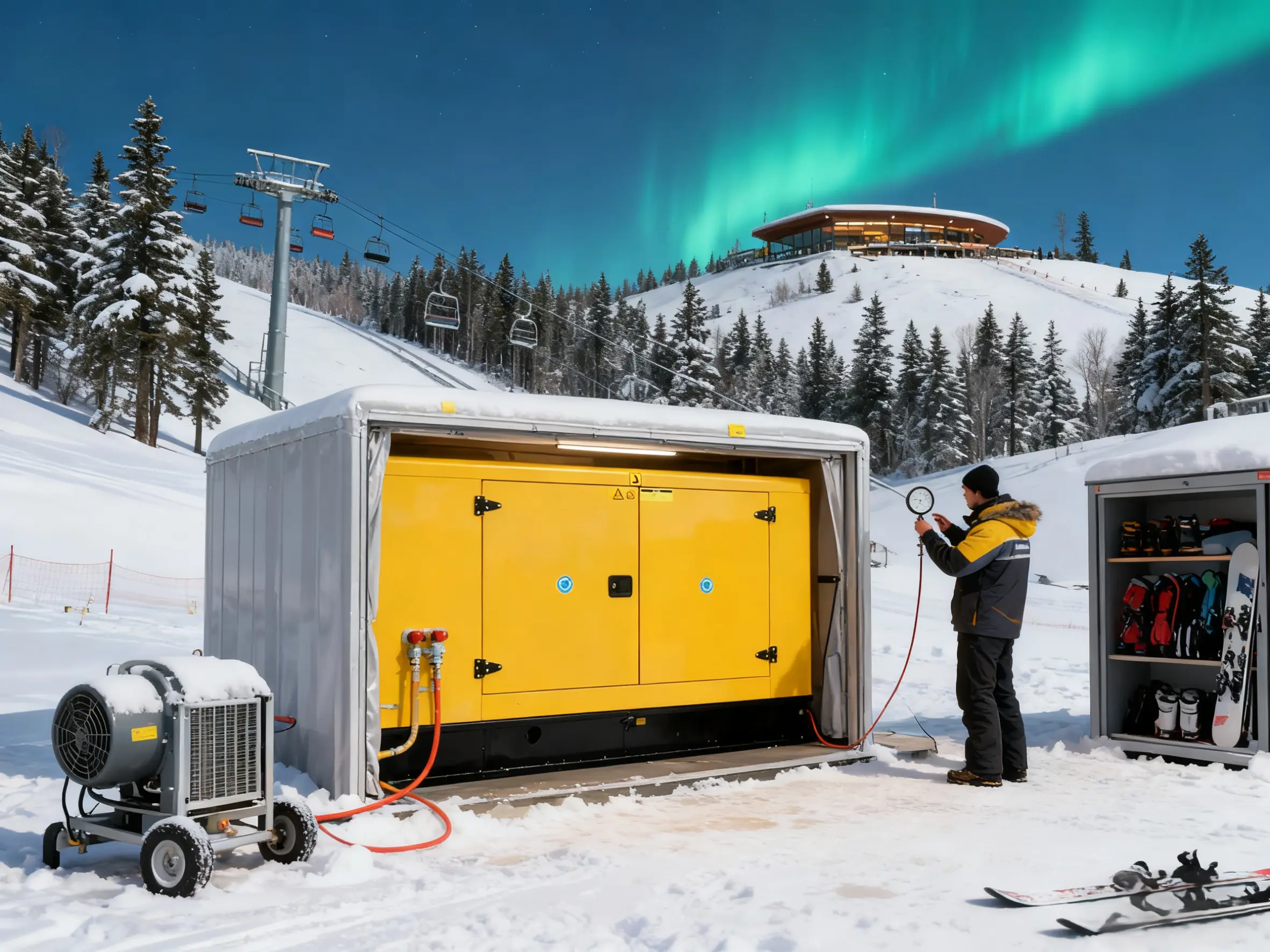
Increased Maintenance Requirements
Diesel oil cooler systems introduce additional maintenance considerations that must be addressed to ensure reliable operation:
Regular Cleaning Needs: Both air-side and water-side surfaces require periodic cleaning to maintain heat transfer efficiency. Finned surfaces on air-cooled units can become clogged with dust, insects, and debris, while water-cooled units are susceptible to scale buildup and corrosion products that impair heat transfer .
Leakage Points: The addition of an oil cooler creates potential leakage points at connections, seals, and the core itself. Even minor leaks can result in significant oil loss over time, leading to reduced lubrication and potential engine damage .
Monitoring Requirements: Oil coolers necessitate regular inspection for signs of damage, corrosion, or blockage. This additional component in the lubrication system requires monitoring of both oil quality and coolant quality (in water-cooled systems) to detect cross-contamination early .
The maintenance complexity varies between cooler types, with water-cooled units generally requiring more intensive monitoring due to their connection to the engine's cooling system.
Common Failure Points
Oil coolers are susceptible to several specific failure modes that can compromise entire engine systems:
Cooling Tube Damage: Copper tubes in water-cooled oil coolers can develop cracks or ruptures due to vibration, freezing coolant, or manufacturing defects. This allows oil and coolant to mix, creating serious engine problems .
Seal and Gasket Deterioration: The seals and gaskets that prevent leakage between oil and coolant passages can degrade over time due to thermal cycling and chemical exposure, leading to cross-contamination between systems .
Internal and External Blockages: Oil passages can become restricted by sludge or contamination, while external surfaces may be blocked by debris. Internal clogging typically results from inadequate oil maintenance, while external blockage often stems from environmental factors .
Corrosion and Erosion: Both internal and external surfaces are vulnerable to corrosion from environmental exposure and coolant chemicals, as well as erosion from high-velocity fluids, potentially leading to perforations and leaks .
These failure points represent significant risks that require proactive monitoring and preventive maintenance to avoid catastrophic engine damage.
Performance Limitations
Despite their purpose, oil coolers have inherent performance constraints that affect their efficiency:
Air-Cooled Limitations: Air-cooled oil coolers are highly dependent on ambient air temperature and quality. In hot climates or restricted spaces with poor airflow, their cooling capacity drops significantly, potentially allowing oil temperatures to rise above optimal levels .
Water-Cooled Constraints: Water-cooled units depend on the overall efficiency of the engine's cooling system. Any issues with coolant quality, pump performance, or radiator function will directly impact oil cooling capability .
Flow Restriction: All oil coolers create some restriction to oil flow, which can potentially reduce pressure to critical engine components, especially if the cooler becomes partially blocked or if the oil pump is nearing the end of its service life .
Temperature Over-management: In some operating conditions, particularly in cooler climates or during light loads, oil coolers can potentially over-cool the oil, preventing it from reaching its optimal operating temperature and resulting in reduced fuel efficiency and increased component wear .
System Complexity and Cost
The integration of a Diesel oil cooler adds multiple dimensions of complexity and cost to a power generation system:
Initial Investment: Quality oil coolers represent a significant upfront cost, with more efficient models commanding premium prices. This initial investment includes not just the cooler itself, but also mounting hardware, additional plumbing, and installation labor .
Additional Components: Proper oil cooler installation often requires additional components such as remote filter heads, adaptor plates, specialized fittings, and potentially an oil thermostat to regulate temperatures effectively.
Space Requirements: Finding adequate space for proper oil cooler installation can be challenging in generator sets where space is often limited. Air-cooled units require positioning in areas with sufficient airflow, while water-cooled units need appropriate plumbing connections.
Weight Considerations: Oil coolers, particularly the larger heavy-duty models, add measurable weight to the overall system, which can be a factor in mobile or portable generator applications where weight distribution is important.
Environmental and Operational Vulnerabilities
Diesel oil cooler performance is significantly influenced by environmental and operational factors:
Temperature Sensitivity: Air-cooled oil coolers are particularly vulnerable to high ambient temperatures, with effectiveness diminishing as air temperature rises. Conversely, in freezing conditions, water-cooled units risk damage from frozen coolant if proper antifreeze concentrations aren't maintained .
Contaminant Sensitivity: Both types of coolers are susceptible to different forms of contamination. Air-cooled units suffer from clogged fins due to dust, pollen, or insects, while water-cooled units are vulnerable to scale buildup, corrosion, and electrolysis that can damage internal passages .
Physical Vulnerability: The location of oil coolers often makes them susceptible to physical damage from debris, vibration, or accidental impact. This is particularly true for front-mounted air-cooled units, which may be exposed to road debris in mobile applications .
Potential for Engine Damage
When oil coolers fail, they can initiate cascading failures throughout the engine system:
Coolant-Oil Contamination: Perhaps the most serious risk with water-cooled oil coolers is the potential for internal failures that allow coolant and oil to mix. This creates an emulsion that provides inadequate lubrication while simultaneously reducing cooling efficiency, potentially leading to catastrophic engine failure .
Sudden Oil Loss: Major leaks from damaged coolers or broken lines can result in rapid oil loss, creating an immediate risk of engine seizure and severe damage to bearings, pistons, and cylinder walls .
Restricted Oil Flow: Partial or complete blockages within the cooler can severely restrict oil flow to critical engine components, resulting in oil starvation even when oil pressure appears adequate at the gauge .
Secondary Damage: Oil cooler failures can initiate damage to other engine systems. For example, a failed water-cooled oil cooler may introduce oil into the cooling system, compromising water pump seals and radiator efficiency .
Installation Challenges
Proper installation of a Diesel oil cooler presents several technical challenges that must be addressed for reliable operation:
Space Constraints: Designing an effective mounting system that provides adequate support while allowing for thermal expansion can be challenging in compact generator configurations. The location must also allow for future maintenance access.
Plumbing Considerations: Proper plumbing is critical, requiring lines of appropriate size and material that are routed to avoid sharp bends, chafing, and heat sources. Incorrect plumbing can create restrictions or vulnerable points in the system.
Airflow Management: For air-cooled units, ensuring consistent, unimpeded airflow through the core is essential. This often requires careful consideration of fan selection, shroud design, and placement within the generator set to avoid recirculation of hot air .
Vibration Management: Diesel engines generate significant vibration that can stress cooler components and connections. Proper mounting must account for these vibrations to prevent fatigue failures at joints and connections.
Conclusion
While the Diesel oil cooler provides essential temperature regulation for engine oil, it introduces specific challenges including additional maintenance requirements, potential failure points, performance limitations, and system complexities. Understanding these disadvantages enables operators to implement proactive maintenance strategies, select appropriate cooler types for specific applications, and recognize early warning signs of potential failures. A well-maintained Diesel oil cooler significantly contributes to engine longevity and reliability, but this requires acknowledging and addressing its inherent limitations within the overall power generation system.
Our technical team specializes in helping clients select, maintain, and troubleshoot oil cooling systems for optimal diesel generator performance. For personalized assistance with your specific application requirements, contact our experts at skala@whjlmech.com.
References
Johnson, M. (2022). Emergency Power Systems: A Comprehensive Guide to High-Speed Diesel Generators. Power Engineering Quarterly, 45(3), 78-92.
Oil Cooler Failure Modes and Prevention. (2021). Diesel Progress International, 15(2), 34-41.
Automotive Cooling System Maintenance. (2020). Society of Automotive Engineers Technical Paper Series, 12(3), 45-52.
Diesel Engine Lube System Contamination Control. (2019). Power Engineering Journal, 28(4), 67-74.
Water-Cooled Oil Cooler Performance Analysis. (2023). International Journal of Engine Research, 24(1), 88-95.
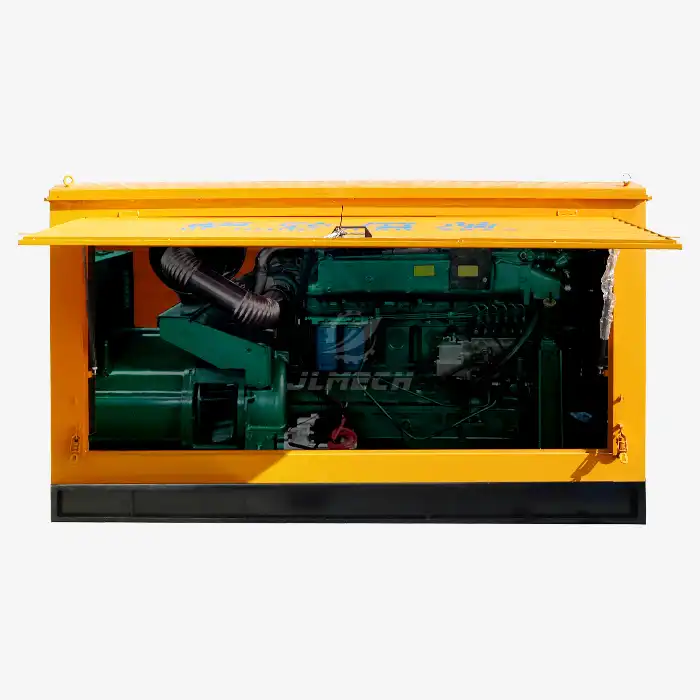 VIEW MOREWeatherproof diesel
VIEW MOREWeatherproof diesel VIEW MOREgenerator 380v diesel
VIEW MOREgenerator 380v diesel VIEW MOREConstruction application diesel generator
VIEW MOREConstruction application diesel generator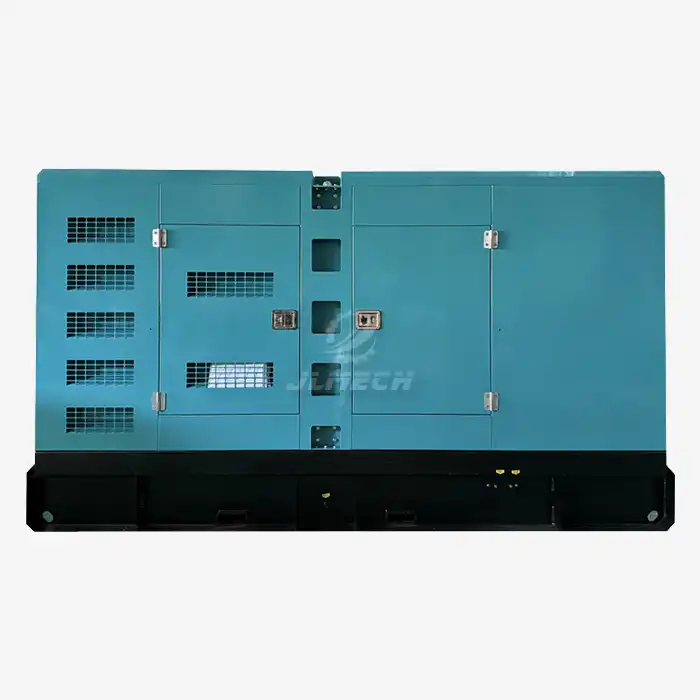 VIEW MOREVolvopenta diesel generator 50KW
VIEW MOREVolvopenta diesel generator 50KW VIEW MOREgasoline leaf blower backpack
VIEW MOREgasoline leaf blower backpack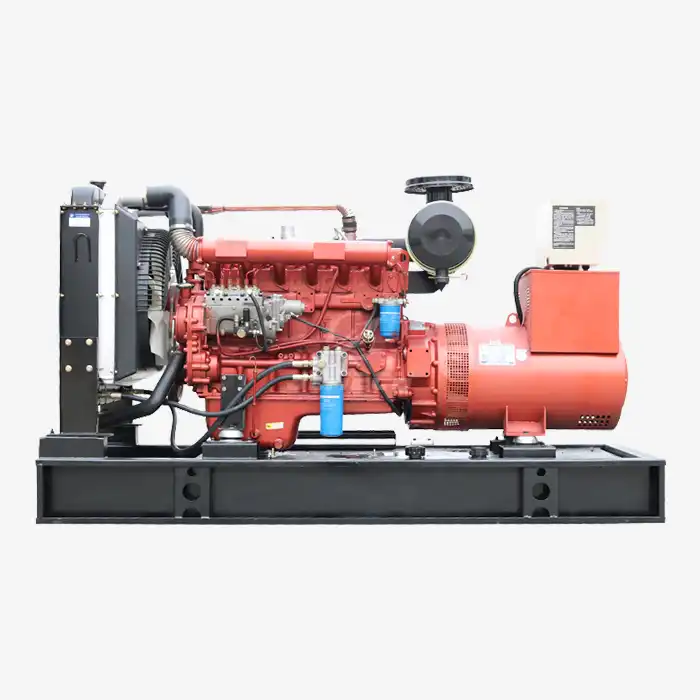 VIEW MOREwater cooled power diesel generator
VIEW MOREwater cooled power diesel generator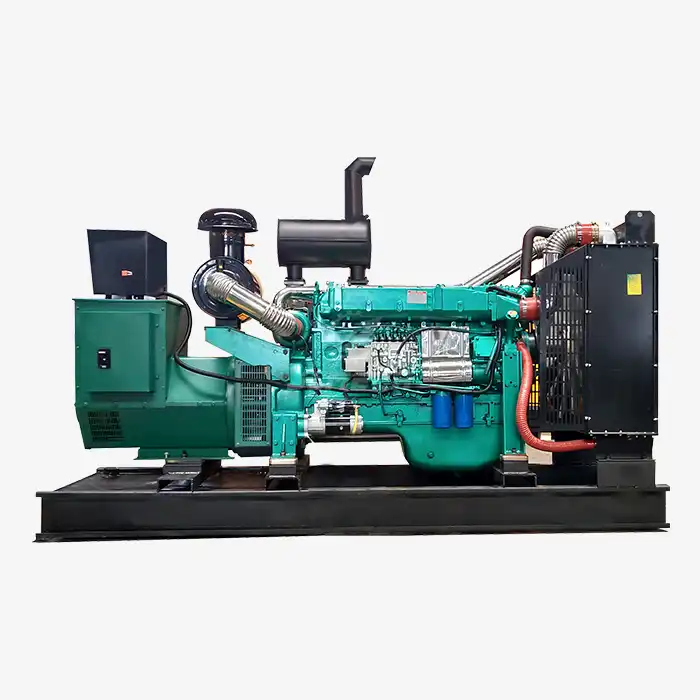 VIEW MORE250kva diesel power generator
VIEW MORE250kva diesel power generator VIEW MOREshangchai diesel generator 100KW
VIEW MOREshangchai diesel generator 100KW



